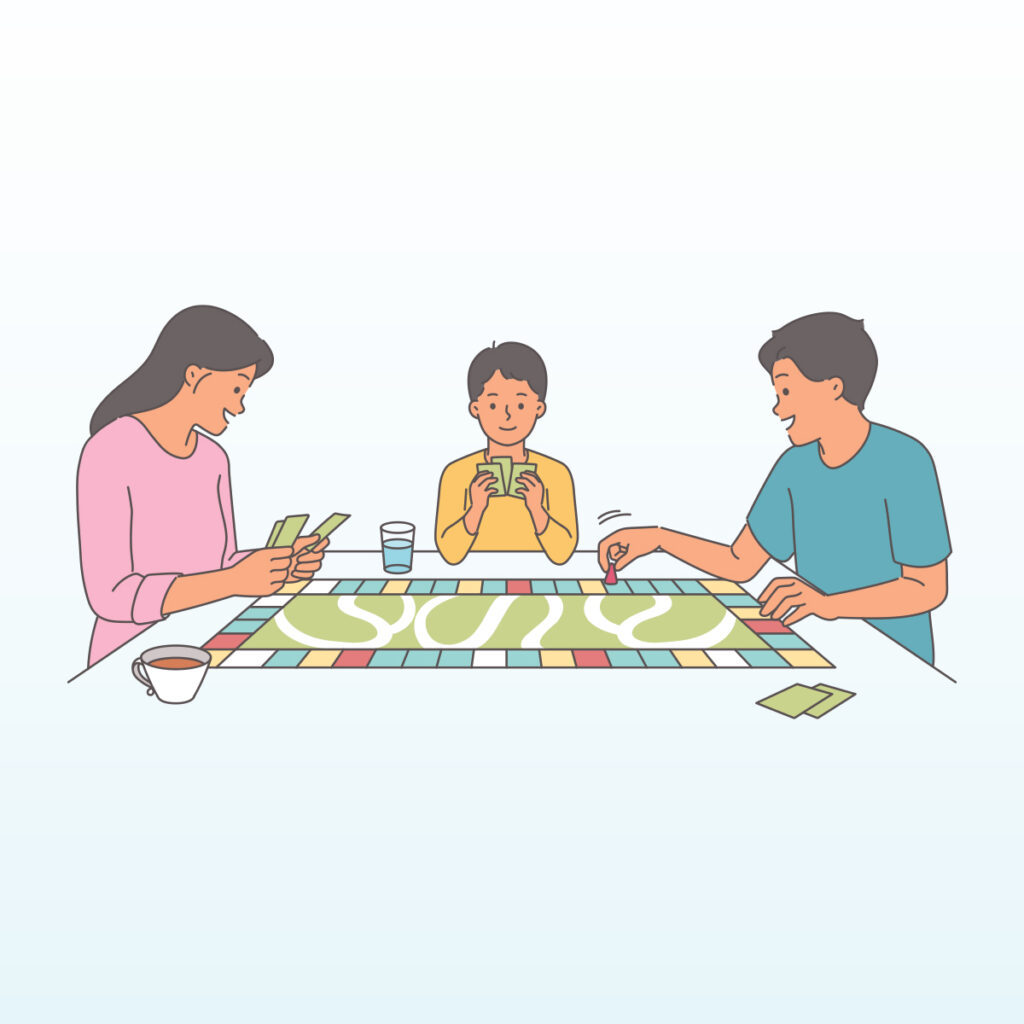When our daughter was five years old we had to euthanize one of our Golden Retrievers. We said our goodbyes and discussed the fact that Rosee was very sick and would soon be on her way to puppy heaven. My husband planned to take Rosee to the vet while I took Ashley to school. But on Monday morning, Ashley insisted on going with Jay. The more I said no, the more upset she became, so we allowed her to go.
After taking Rosee back and saying goodbye, Ashley turned around and said, “Bye, Rosee. See you this afternoon.” Jay looked at Ashley and said, “No, she won’t be here this afternoon. Remember, Rosee is going to puppy heaven.” Ashley cried, “No!” Then Jay cried, too. They got to the car and our daughter (whose drinks of choice were water and milk) said, “Daddy, I need a Diet Coke right now!”
I desperately wanted to shield Ashley from the pain, but emotions are a very real part of life. Instead of shielding her from her emotions, what I needed to do was help her express them.

Whether they are dealing with fear, hurt, loss, rejection, disappointment or something else, teaching children how to acknowledge and express their feelings appropriately will serve them well through adulthood.
So, what do you do when your child’s emotions overwhelm them?
A good starting point is teaching them how to put their feelings into words. We often use “sad,” “mad,” “glad,” “happy,” and “afraid,” when discussing emotions with children. But there are so many other descriptive words out there, some of which can be more specific and create deeper understanding. For example, “grumpy,” “uncomfortable,” “disappointed,” or “embarrassed” are different ways to describe negative feelings. Similarly, “strong,” “peaceful,” “courageous” or “excited” are all ways to describe positive feelings.
Another great step is teaching children to self-regulate their emotions. A helpful tool for this step is to teach children how to recognize an “emotional takeover” or moment when they are overwhelmed with a particular emotion. To do this, teach them a signal, such as a word or phrase, that helps them understand the need to cool down. It is better to help them learn self-regulation than to teach them to depend on someone else for control.
Then give them a plan for calming down. Exercising, taking deep breaths, counting to 50, or listening to soothing music are all healthy options. Sometimes having a punching bag or other physical outlet is useful.
You should also teach them how to ask for help instead of keeping their emotions inside. It’s good for kids to learn how to verbalize what they’re feeling. If they can identify their emotions and think of ways to handle the situation independently, it will prepare them for adulthood.
Emotions can get the best of anyone, but teaching kids how to recognize and regulate their emotions gives them a sense of security and self-control. The earlier we start teaching our children these skills, the better.

Julie Baumgardner, MS, CFLE
President and CEO, First Things First




